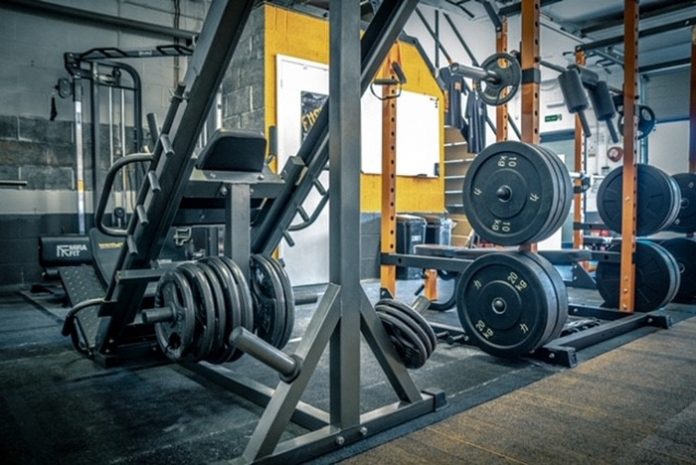The convenience of being able to shop and work out in a single location is driving the number of gyms opening on high streets across the South West, according to research from global real estate advisor Colliers International.
Colliers has identified that gyms opening in high street locations rose from 317 to 365 between 2017 and 2019, representing a 15 per cent increase in health and fitness facilities in this type of location.
Of those brands increasing their high street presence the fastest were budget gym operators The Gym, Anytime Fitness and PureGym – individually growing their portfolio sizes by 75 per cent, 32 per cent and 28 per cent respectively over the two-year period.
These types of low-cost operators have exploded onto the UK’s fitness scene, arriving in a number of locations across the UK and occupying a diverse mix of premises, including former retail units, basement offices and purpose-built spaces in mixed-use developments, as well as on business, retail, and leisure parks.
One example of this trend is the opening of Barrecore, a ballet-based gym concept, inside the Sweaty Betty store on Bristol’s Queen’s Road.
Colliers says there is also a trend for smaller, specialist gyms which are increasingly opening not just in Bristol and Exeter for example, but in smaller towns such as Weston-super-Mare and Torquay.
Colliers’ “Review of the UK Health and Fitness Market” also reveals that the South West has 29 gyms per 1 million households, with Anytime Fitness being the dominant brand. London has by far the highest level of gym penetration, with 85 gyms per 1 million households.
Ross Kirton, Director at Colliers International and Head of UK Leisure Agency, says: “In theory, the strength of the UK’s gym market could provide the perfect ‘White Knight’ to the ailing high street retail sector.
“However, landlords and occupiers alike must ensure that expansion is undertaken in a sustainable way that matches the right gym model with the right location and the right demographic to avoid oversupply.”
Laurence Edwards, Director, Retail Agency and Development at Colliers International, says gyms are becoming increasingly specialist, focusing on specific disciplines such as spinning, cycling or boxing, with fewer including additional and often costly features like a swimming pool.
“Gyms traditionally featured the full range of facilities but many of the newer ones do not, and this is particularly true of swimming pools, which are expensive to build and operate,” he said.
“There is a full spectrum of size ranges coming onto the gyms market, ranging from 4,000 sq ft right up to 50,000 sq ft. The market in the 8-15,000 sq ft range is very competitive and rents are increasing steadily at prime locations.
“Many of these smaller gyms are opening not just in cities like Bristol, but in smaller urban centres such as Weston-super-Mare and Torquay. The smaller budget gyms are appealing to many people because they often pay membership fees monthly rather than annually, and there is more flexibility on contracts.”
While budget gym operators continue to pursue aggressive expansion plans on the high street, no doubt fuelled by the increasing availability of ex-retail units, other retailers are also trying to take advantage of the successful partnership emerging between fitness and retail.
These include the quasi-retail, free class offers successfully hosted by workout clothing brands Sweaty Betty and Lululemon, and the virtual studio classes hosted by Peloton.
“If planned correctly, gyms – especially the studio variety with small floorplates – could be one offer which helps fill the voids left by high street retail or restaurant store closures,” says Ross Kirton.
“With the ability to drive footfall to otherwise struggling retail locations, gyms now occupy a stronger position than ever in the UK’s alternative leisure market.”
Colliers’ research also analysed the monthly gym spend versus the number of gyms in several key locations across the UK. The findings revealed a strong correlation between the two, suggesting people have a ‘build it and they will come’ mentality towards gyms in their local area.
In a recent survey by Colliers of gym goers, almost half of those surveyed said the thing they liked most about their gym was that it was close to home while another 75 per cent were willing to spend more on monthly rent or mortgage payments to be near their gym of choice.





















